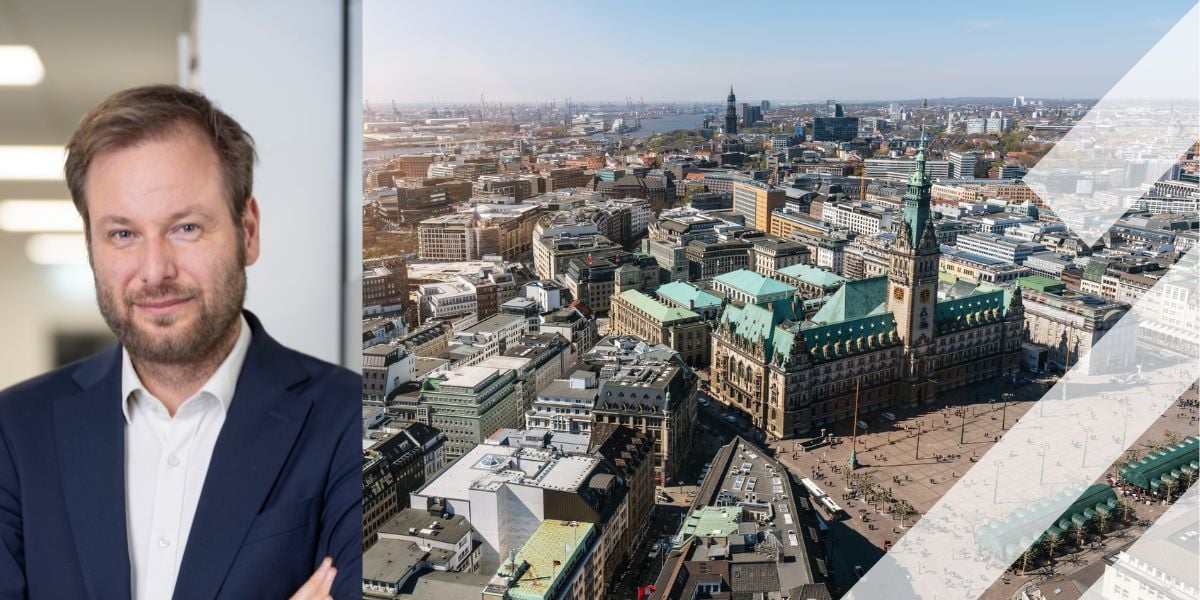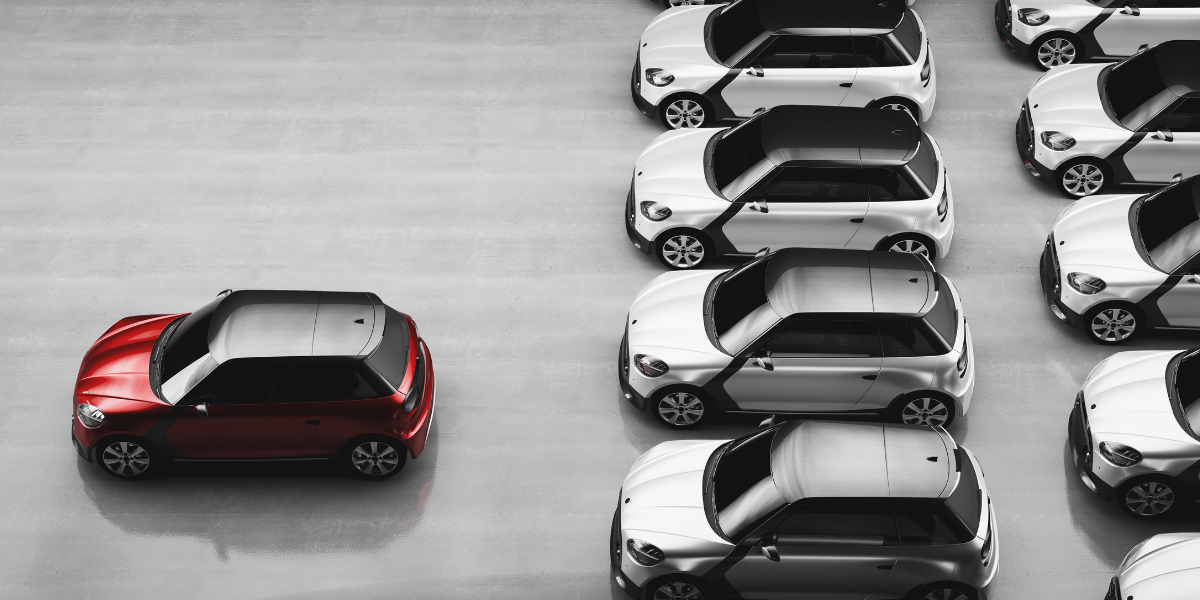Changing the game
Text1
The great and the good of the smart mobility sector tell Intertraffic about the innovative breakthrough solution that has revolutionised their world
When the halls of the RAI opened to Intertraffic visitors in March they did so for the first time in four years. In the intervening 40% of a decade a lot had changed… but how much? Three experts from different parts of the smart mobility and traffic management industry reveal what they believe have been the most game-changing and perhaps surprising new solutions to appear on the market in recent times.

Quddus Wazirzada, Principal, Smart Sustainable Solutions, Australia
We have seen mobility-enhancing technologies with game-changing potential in the transport sector emerge in the past decade. Mostly driven by rising congestion, greenhouse gas emissions and reduction in travel times in mega cities, these technologies have promising options to mitigate challenges being faced.
Emerging technologies like the Hyperloop can cut through the daily congestion delays of mega cities. Virgin and Tesla are pioneers in the field. Tesla, and SpaceX have joined hands to embody the vision of Hyperloop bringing the travel time between San Francisco and Los Angeles. Google, Apple, Intel are all vying for their share of the emergent mobility technologies.
quote quddus
Use of autonomous vehicles for transporting passengers and freight is on the rise. Robotaxis are already in place in some US cities providing a safe ride using autonomous technologies.
Text3
Electric air taxis solve a serious congestion issue. Bypassing traffic and reaching your destination swiftly is certainly desirable. Intermediate technologies providing enhanced level of automation is being employed to assist in data gathering for measurement, learning and validation by AI bots enabling fully autonomous functionality over a few years.
While regulatory approvals for the technology citing safety concerns, inclement weather, insurance and liability issues are some hurdles that will need time to overcome, the investors are keenly eyeing the market and are encouraged by the potential demand for services that will revolutionize mobility in urban environment.

John Paddington, Senior Manager, Urban Mobility, ERTICO – ITS Europe, Belgium
If you go outside in most major cities around the world, it won’t take you long before you encounter an electric powered bike or scooter. Five years ago these vehicles didn’t exist but how common they are now is amazing. Even more amazing, are the major players are just new as well: Lime was founded in 2017, Voi in 2018, Dott in 2019. Bolt is an exception, being founded in 2013 but only started with eScooters in 2018. If you go outside in most major cities around the world, it won’t take you long before you encounter an electric powered bike or scooter. Five years ago these vehicles didn’t exist but how common they are now is amazing. Even more amazing, are the major players are just new as well: Lime was founded in 2017, Voi in 2018, Dott in 2019. Bolt is an exception, being founded in 2013 but only started with eScooters in 2018.
I chose these vehicles as they are used by the general public. They serve a real need and create a sense of fun often missing in other modes. I live in the centre of Birmingham, England and I’ve seen the joy of people trying e-scooters for the first time. E-bikes are great too and provide a real alternative for medium distance commuting and for those who struggle with a conventional bike, such as the elderly or those who need to transport goods using a cargo bike.
quote john paddington
For a technology that has grown so rapidly in a short space of time, there are some challenges for cities to overcome.
Text2
Parking of vehicles and street clutter is still an issue, although this is where ITS technologies such as location services and kerb management allowing parking in certain zones really can help. The quietness of vehicles poses a risk of collision for those with eyesight impediments, although again technology is helping and many companies are experimenting with artificial noise generation.
What I am really interested in, is where these vehicles go in the next five years. Freight deliveries seem a good opportunity – only recently Amazon has launched its first fleet of electric cargo bikes. I’m also intrigued to see how the range of vehicles expand as the technology matures. This is something that ERTICO are exploring with our partners in the Solutions+ project which is looking at a whole range of electric vehicles including scooters, mopeds, bikes, quadricycles, tuk-tuks in Europe, Asia, Africa and South America. Of particular interest are the needs for women and families. The project is also recruiting female drivers, who are often under-represented in current deployments.

Jonna Heikkenen, Head of Transit Partnerships EMEA, Uber, Finland
The most innovative mobility breakthrough in the last 5 years has been the concept of Mobility-as-a-Service (MaaS) as it has taken us away from thinking about each mobility service individually and focused on how we can improve the overall mobility network by utilizing all assets around us.
Uber’s goal is to reimagine the way the world moves for the better, which means that we provide solutions for people based on their actual needs and help developing services to ensure good accessibility to employment, education, healthcare, or the closest public transport hubs regardless of where they are living. Even if over 80% of the trips are happening in cities, we want to ensure that people on the outskirts are also being served. That is why today we are providing solutions for public transport agencies that they can utilize to complement their fixed-route transit services in lower-density areas where mass transit is expensive to operate, or during service hours when public transport may not be available at all.
quote jonna
The most innovative mobility breakthrough in the last 5 years has been the concept of Mobility-as-a-Service (MaaS) as it has taken us away from thinking about each mobility service individually
Text4
It’s all about addressing the service gaps by making our overall mobility networks stronger so that people are encouraged to rely more on mass transit and shared mobility services instead of privately owned vehicles.
Read more articles about this topic
Share your story
Do you have an innovation, research results or an other interesting topic you would like to share with the professionals in the infrastructure, traffic management, safety, smart mobility and parking industry? The Intertraffic website and social media channels are a great platform to showcase your stories!
Please contact our Sr Brand Marketing Manager Carola Jansen-Young.
Are you an Intertraffic exhibitor?
Make sure you add your latest press releases to your Company Profile in the Exhibitor Portal for free exposure.




